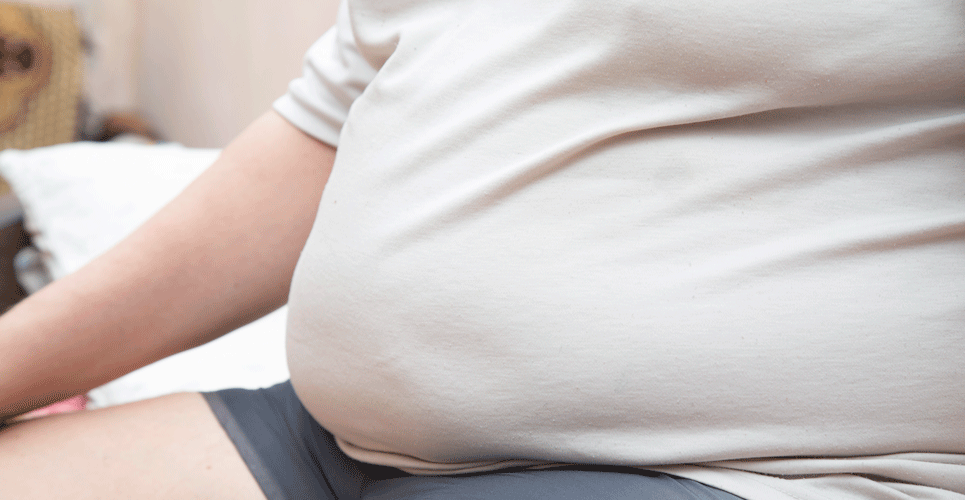Semaglutide once weekly produces a greater weight loss than daily liraglutide in combination with diet and exercise in non-diabetic patients
Semaglutide given subcutaneously once weekly, has been found to produce a greater weight loss than daily liraglutide when both are combined with a diet and exercise regime. This was the conclusion of the first phase 3, head to head trial by researchers from the Washington Center for Weight Management and Research, Virginia, UK.
Both semaglutide and liraglutide are long-acting analogues of native, glucagon-like peptide 1 and used in the management of type 2 diabetes although data supports the use of semaglutide mono-therapy in conjunction with diet and exercise, for the management of obesity in those with and without diabetes. Although in the US, both semaglutide and liraglutide have received Food and Drug Administration approval for weight management, neither drug has been licensed for this use by the European Medicines Agency.
To date, only one phase 2 study has compared the ability of the two drugs to induce weight loss and semaglutide led to a significantly higher weight loss than liraglutide over a 52-week period. For the present study, therefore, the US team undertook a phase 3 randomised trial to assess any differences in both efficacy and safety for the two drugs as an aid to weight loss. The devised the STEP 8 trial and which was designed to directly compare once weekly subcutaneous semaglutide with once daily subcutaneous liraglutide, in combination with diet and exercise in overweight or obese individuals. Eligible participants were aged 18 years and older, with a body mass index (BMI) of 30 or greater or 27 or greater with one or more co-morbidities e.g., hypertension, dyslipidaemia, obstructive sleep apnoea or cardiovascular disease. However, patients with diabetes were excluded.
Enrolled participants were randomised 3:1:3:1 to once-weekly semaglutide 2.4 mg or matching placebo or once-daily subcutaneous liraglutide 3 mg or matching placebo and followed for 68 weeks. A matching placebo was due because it was not possible for participants to be blinded to treatments because of dosing differences. The primary endpoint was the percentage change from baseline in body weight at week 68. Secondary outcomes included those achieving 10, 15 or 20% weight loss at week 68.
Findings
A total of 338 participants with a mean age of 49 years (78.4% female) were recruited and randomised to either semaglutide or liraglutide. The majority were of White ethnicity (73.7%) and the mean BMI was 37.5 with the most common co-morbidities being dyslipidaemia (47%) and hypertension (42.4%).
At week 68, the mean change in body weight was -15.8% with semaglutide and -6.4% with liraglutide (difference – 9.4, p < 0.001). In addition, a higher proportion of participants using semaglutide achieved the secondary outcome weight losses of > 10, 15 and 20% (p < 0.001 for all comparisons with liraglutide).
There were no differences in the incidence of adverse events between the two groups with the most common being gastrointestinal disorders although most were mild to moderate in severity.
The authors concluded that once weekly semaglutide was superior to daily liraglutide for weight loss in overweight and obese, non-diabetic patients.
Citation
Rubino DM et al. Effect of Weekly Subcutaneous Semaglutide vs Daily Liraglutide on Body Weight in Adults With Overweight or Obesity Without Diabetes: The STEP 8 Randomized Clinical Trial JAMA 2022

